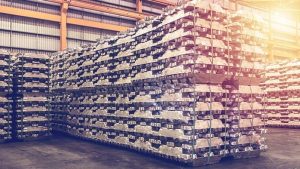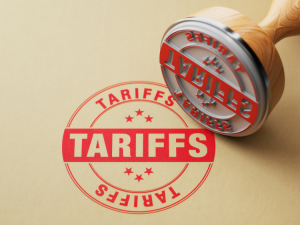
Final Thoughts
I sort of expected big news last Friday and over the long, Memorial Day weekend. Because that's become more the norm than the exception for steel this year. Sure enough, Trump posted on Truth Social on Friday afternoon that he had given his blessing to a “partnership” between Nippon Steel and U.S. Steel. And then over the weekend we had market moving new on tariffs, this time involving the EU.










